Surprisingly, there is a variety of truffle that grows in Portugal.
What are truffles?
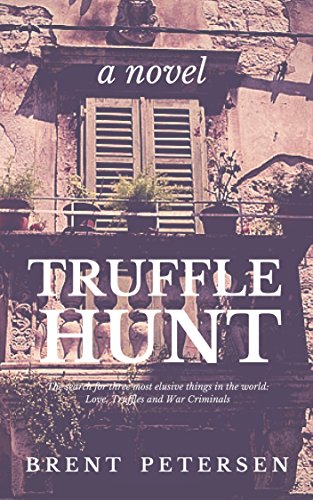
Put simply, truffles are a fungus. They are related to mushrooms, except truffles grow underground in symbiosis with tree roots. The tree, through its roots, give the truffle food in the form of carbohydrates. The truffle, in return, gives the tree minerals like phosphorus.
Where can you find truffles?
There are hundreds of species of truffles (not all are edible) that grow all over the world.
The most famous truffles come from France and Italy. Black Perigord truffles from France are especially aromatic and sought after.
White truffles from Italy (and Croatia) are the most expensive in the world. A white truffle once sold for over $300,000 at auction!

Other culinary truffles come from Australia. The United States produces truffles in Oregon and Appalachia. There’s even something called the pecan truffle in Texas.
A less aromatic, and therefore, less desirable truffle called the desert truffle is grown in the Middle East. China also produces some lower quality truffles.
Spain, surprisingly, is the world’s largest producer of truffles in the world.
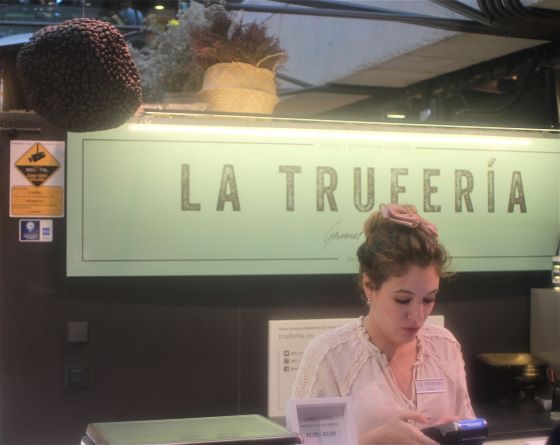
Harvesting truffles
Traditionally, pigs were used to find and dig up truffles. The fungus emits a smell that resembles a pig pheromone, so the sex-crazed pig is a natural truffle hunter with no training required. The problem is that pigs don’t easily give up the underground treasure, preferring to feast on it. Pigs are also big animals with very strong jaws, leading more than one truffle hunter to lose a finger or two trying to retrieve the prize.
Dogs, with their advanced sense of smell, can be trained to find truffles. It can take up to two years to train a dog as a truffle hunter, but the time is worth it because the dog will gladly trade the truffle for a treat.

Humans cannot smell the truffle when it is underground. But, they have been known to use methods like “raking” to find truffles. This is where tools are used to remove the dirt around a tree’s roots to look for truffles. Doing this can badly damage the tree, often killing it.
In addition, harvesting truffles before they are mature is a terrible practice. Unripe truffles have little flavor and digging them up too early prevents the release of spores that will seed the next crop of truffles.
Unfortunately, “raking” is still a common practice in China and Oregon.
Preparing truffles
Once truffles are harvested, the clock is ticking. Their flavor immediately begins to degrade and, depending on the variety, can lose most of their flavor in a few days, a week at the most.
High quality Perigord and White Alba Truffles shouldn’t be cooked. Instead, they are gently shaved over a simple dish of buttered pasta or on top of scrambled eggs.

Truffles can also be used to infuse flavor into butter or honey. However, the truffle oil you see in the market is likely garbage, containing no truffles whatsoever. Instead, a chemical compound called 2,4-Dithiapentane is used to mimic truffle’s aroma. This is what is used when you see “Truffle flavor” or “Truffle aroma” on truffle potato chips, truffle oil, or truffle mayonnaise. Don’t buy it!
Portuguese Truffles

It isn’t widely known, but truffles grow in Portugal. After all, Portugal’s neighbor, Spain, is the leading producer of truffles in the world. And, truffle spores certainly don’t recognize man-made borders.
The Portuguese Truffle variety is called TÚberas Alentejanas or Tuberas for short. Alentejanas refers to the region of Portugal called Alentejo where the truffles grow.
Dogs are not used to find truffles in Portugal, unlike in other countries.
Unfortunately, the method used is to examine the ground for little mounds, like a molehill, but smaller. This is where truffles are growing and pushing the truffle up towards the surface. There are even been reports of Tuberas cresting over the soil and becoming visible to the naked eye.
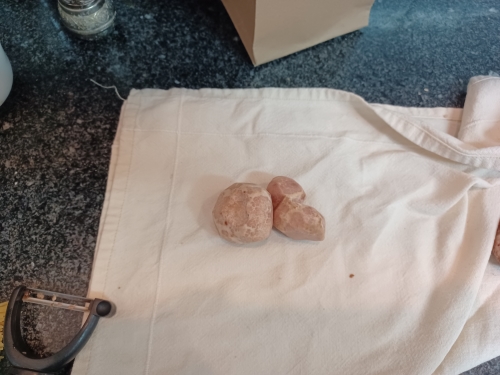
Older foragers have also been known to use a stick to tap the ground, listening for a change in tone where truffles might be hiding.
These methods result in unripe truffles being harvested and probably damaging future generations of truffle production.
My experience with Portuguese truffles
I was so excited when I saw “Tuberas” in my local market. Priced at only 20€ per kilo (about $10/pound), it was a bargain! For comparison, a pound of Perigord truffles from France can go for $2,000/lb. and white Alba truffles for several times that amount!
I picked over the basket and found a lot of them felt a little soft as I was able to discreetly press my thumb into their flesh. This indicates a truffle past its prime. After a couple minutes, I found three that seemed in good shape.
The price? 3€!
I took my prized finding home and cleaned them (truffles grow underground so they’re covered in dirt.). Once they were pretty clean, I used a vegetable peeler to get rid of any grit that might be in hiding in the creases of the Tuberas.
I then used the vegetable peeler to slice off super thin pieces of truffle on some warm pasta.
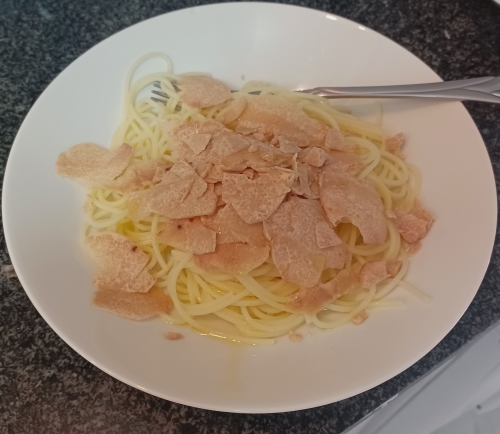
It was surprising that the distinctive aroma of truffles didn’t fill the room as I sliced bits of the Tuberas onto the spaghetti. The disappointment continued when I took my first bite. Very little flavor, no aroma, and the Tuberas was fibrous, like a thinly sliced raw potato.
Talking to my friend and brilliant chef, Helenice, I learned that Tuberas need to be cooked gently, preferable with a little olive oil and onion. Initially horrified at this crime against truffles, I did as Helenice instructed and put the sautéed truffle and onion on some toasted bread with a few strands of spaghetti. The results were a little better.
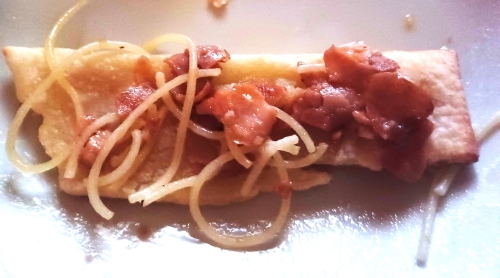
The Verdict
Yes, I was disappointed with my first Tuberas experience. In the end, I don’t believe it was result of a low quality species of truffle. Instead, two factors contributed to this truffle failure.
First, Portuguese truffle hunters need to modernize and train dogs to find ripe truffles. It shouldn’t be that hard. The Portuguese love their dogs!
Second, truffle vendors need to sell only freshly harvested truffles. The truffle culture in Portugal is so new that folks likely don’t realize how quickly truffles lose their aroma and flavor.
It’s a great opportunity for Portuguese agriculture because if ripe TÚberas Alentejanas are found to be of high quality, they can be sold for a premium!
About the Author

Brent Petersen is the Editor-in-Chief of Destination Eat Drink. He currently resides in Setubal, Portugal. Brent has written the novel “Truffle Hunt” (Eckhartz Press) and the short story collection “That Bird.” He’s also written dozens of foodie travel guides to cities around the world on Destination Eat Drink, including in-depth eating and drinking guides in Portugal for Lisbon, Porto, Sintra, Á‰vora, Braga, Loulé, Almada, Monsaraz, and Batalha. Brent’s podcast, also called Destination Eat Drink, is available on all major podcasting platforms.
